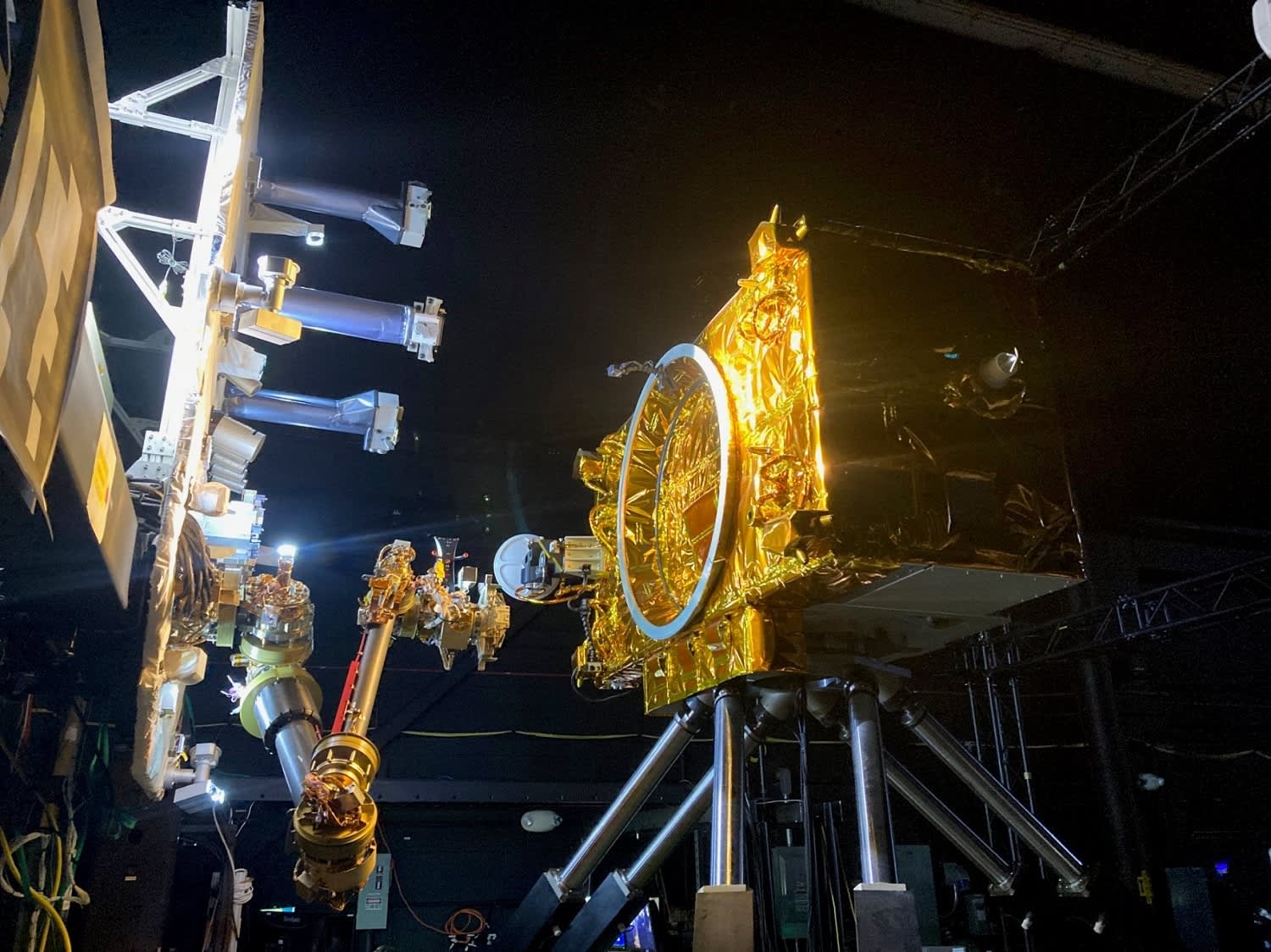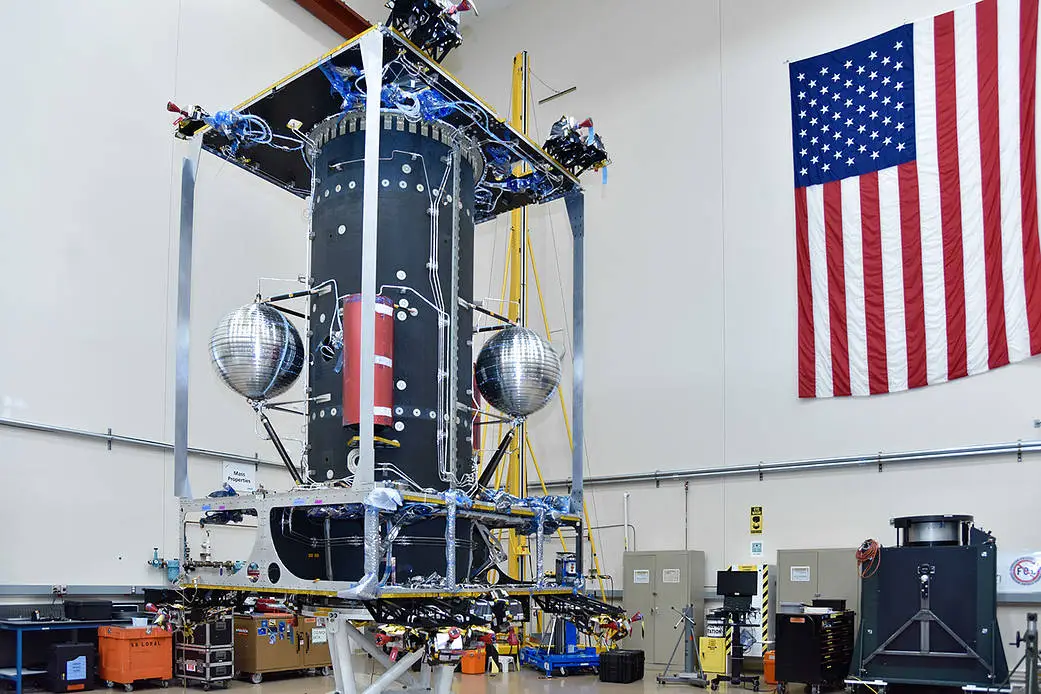NASA announced on Friday that it is terminating its $2 billion OSAM-1 project, which aimed to test satellite refueling in space, following criticism from the agency’s auditor regarding the performance of its lead contractor, Maxar.
The space agency said that the OSAM-1 (On-orbit Servicing, Assembly, and Manufacturing 1) project, which had been in development for nearly a decade, would be discontinued.
NASA pointed to persistent “technical, cost, and schedule challenges” as well as a shift in the space industry away from refueling satellites that are not designed for such servicing. This change has resulted in a lack of a committed partner for the project.
In a statement to CNBC, NASA confirmed that around 450 personnel were working on OSAM-1 but assured that the agency would continue to support the project’s workforce through fiscal year 2024.
Eric Glass, a spokesperson for Maxar Space Systems, expressed disappointment in NASA’s decision to end the program but emphasized the company’s commitment to helping NASA explore potential new partnerships or alternative uses for the hardware as the project winds down.
Maxar, which was privatized by Advent International in May 2023 and later divided into two entities—Maxar Intelligence, focused on satellite imagery and analytics, and Maxar Space Systems, focused on spacecraft manufacturing—had been leading the work on OSAM-1 as the prime contractor under various contracts.
The project, spearheaded by NASA’s Goddard Space Flight Center in Maryland, had been in development since 2015.

The mission’s goal was to dock with the U.S.-owned Landsat 7 imagery satellite in orbit, repair it, and refuel it to extend its operational life.
However, the project has been plagued by significant delays and cost overruns. NASA’s Inspector General issued a critical report in October, blaming much of the project’s issues on Maxar’s “poor performance.”
The report highlighted that Maxar underestimated the complexity and scope of the work, lacked a full understanding of NASA’s technical requirements, and did not have the necessary expertise for key tasks. Additionally, NASA’s Goddard Space Flight Center also faced challenges in development.
The Inspector General’s report noted that OSAM-1 would likely exceed its $2.05 billion budget and miss its already delayed launch date of December 2026, which was six years behind schedule.
Maxar representatives also stated that the company was no longer making a profit from its work on OSAM-1, while NASA observed that the project no longer appeared to be a high priority for Maxar in terms of staffing quality.
Despite some progress, including the delivery of major components of the spacecraft to Goddard in Maryland, other critical parts of OSAM-1 remained unfinished at the time of the program’s cancellation.
The decision to end OSAM-1 highlights the challenges in satellite servicing, a developing area in the space industry.
While still in its early stages, this sub-sector has shown promise, with Northrop Grumman’s extension missions serving as an initial effort to prove the viability of satellite servicing.







Leave a Reply